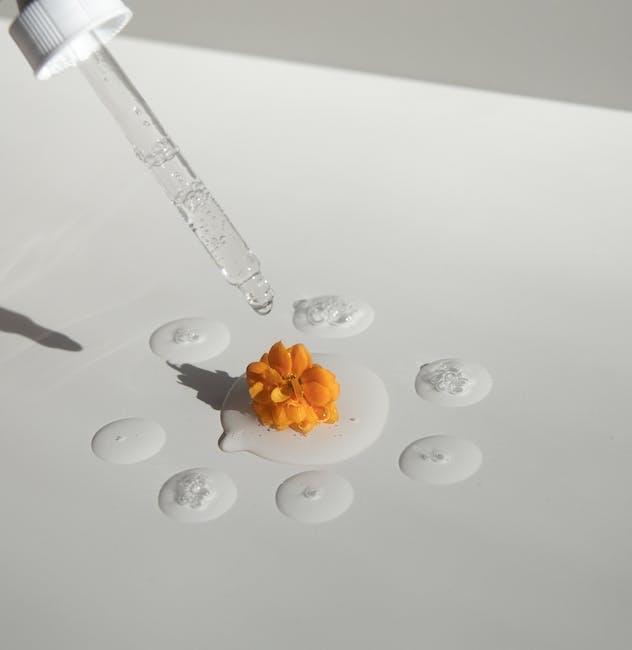If you are an essential oil enthusiast, you probably own an essential oil diffuser to enjoy the therapeutic benefits of your favorite oils. However, these diffusers can become clogged with oil residue over time, affecting their performance and potentially causing bacteria buildup. While vinegar is a commonly recommended cleaning agent, there are alternative methods to clean your essential oil diffuser effectively without using vinegar.
This article will guide you through cleaning your diffuser without vinegar, ensuring it remains in optimal condition.
Content Summary
- 1 Why Avoid Vinegar?
- 2 Materials You Will Need
- 3 Step-by-Step Cleaning Guide
- 3.1 Step 1: Empty and Unplug the Diffuser
- 3.2 Step 2: Disassemble the Diffuser
- 3.3 Step 3: Clean the Reservoir
- 3.4 Step 4: Rinse and Dry
- 3.5 Step 5: Clean the Exterior
- 3.6 Step 6: Reassemble and Test
- 3.7 How often should I clean my essential oil diffuser?
- 3.8 Can I use rubbing alcohol instead of vinegar to clean my diffuser?
- 3.9 Are there any cleaning methods to avoid?
- 3.10 How can I prevent oil buildup in my diffuser?
- 4 Conclusions
Why Avoid Vinegar?
Vinegar is a famous natural cleaning agent that effectively removes dirt and grime. However, using vinegar to clean your essential oil diffuser may not be the best option. Vinegar has a strong scent that can linger in the diffuser even after cleaning, potentially interfering with the aroma of your essential oils.
Additionally, vinegar is acidic, and prolonged exposure to acid can damage the internal components of your diffuser.
Therefore, it is advisable to explore alternative cleaning methods that are both effective and gentle on your device.
Materials You Will Need
Before we dive into the cleaning process, gather the following materials:
-
- Clean water
-
- Mild dish soap or castile soap
-
- Cotton swabs or soft cloth
-
- Small cleaning brush with soft bristles
Step-by-Step Cleaning Guide
Follow these steps to clean your essential oil diffuser without vinegar:
Step 1: Empty and Unplug the Diffuser
Before cleaning, make sure your diffuser is unplugged and empty. Remove any remaining water and essential oil from the reservoir.
Step 2: Disassemble the Diffuser
Separate the different parts of your diffuser. This typically includes the reservoir, lid, and any other detachable components. Refer to your diffuser’s user manual for specific disassembly instructions.
Step 3: Clean the Reservoir
Fill the reservoir with clean water, leaving space for the cleaning solution. Add a few drops of mild dish soap or castile soap to the water. Swirl the water gently to create a soapy mixture.
Wipe the inside of the reservoir using a soft cloth or sponge, ensuring you reach all areas. Pay extra attention to any stubborn oil residue. Use a cotton swab or a small cleaning brush with soft bristles for hard-to-reach spots.
Step 4: Rinse and Dry
Once the reservoir is clean, empty the soapy water and rinse it thoroughly with clean water. Make sure all soap residue is removed. Pat dry the reservoir with a clean cloth or let it air dry completely before reassembly.
Step 5: Clean the Exterior
Clean the exterior of your diffuser using a damp cloth. You can lightly dampen the cloth with a diluted soap solution if there are any stubborn stains or residue. Avoid submerging the entire diffuser in water, which may damage the internal components.
Step 6: Reassemble and Test
Once all the parts are clean and dry, carefully reassemble your diffuser according to the manufacturer’s instructions. Plug it back in and test it with water before adding essential oils to ensure it functions properly.
How often should I clean my essential oil diffuser?
It is recommended to clean your essential oil diffuser every 5-6 uses or at least once a week, especially if you regularly diffuse oils with strong scents or thicker consistencies.
Can I use rubbing alcohol instead of vinegar to clean my diffuser?
Yes, you can use rubbing alcohol as an alternative cleaning agent for your diffuser. However, follow the manufacturer’s instructions and dilute the rubbing alcohol with water before use.
Are there any cleaning methods to avoid?
Avoid using harsh chemicals, abrasive cleaners, or bleach to clean your essential oil diffuser, as these can damage the device or leave a residue that may affect the function and aroma of your oils.
How can I prevent oil buildup in my diffuser?
Clean your diffuser regularly and use high-quality, pure essential oils to prevent oil buildup. Avoid using synthetic fragrance oils, which can leave more residue and impurities in your diffuser.
Conclusions
Cleaning your essential oil diffuser without vinegar is possible and a safer option for maintaining its performance and preserving the aroma of your oils.
By following the step-by-step guide and using mild cleaning agents, you can keep your diffuser in optimal condition and continue enjoying the benefits of aromatherapy for years to come.

